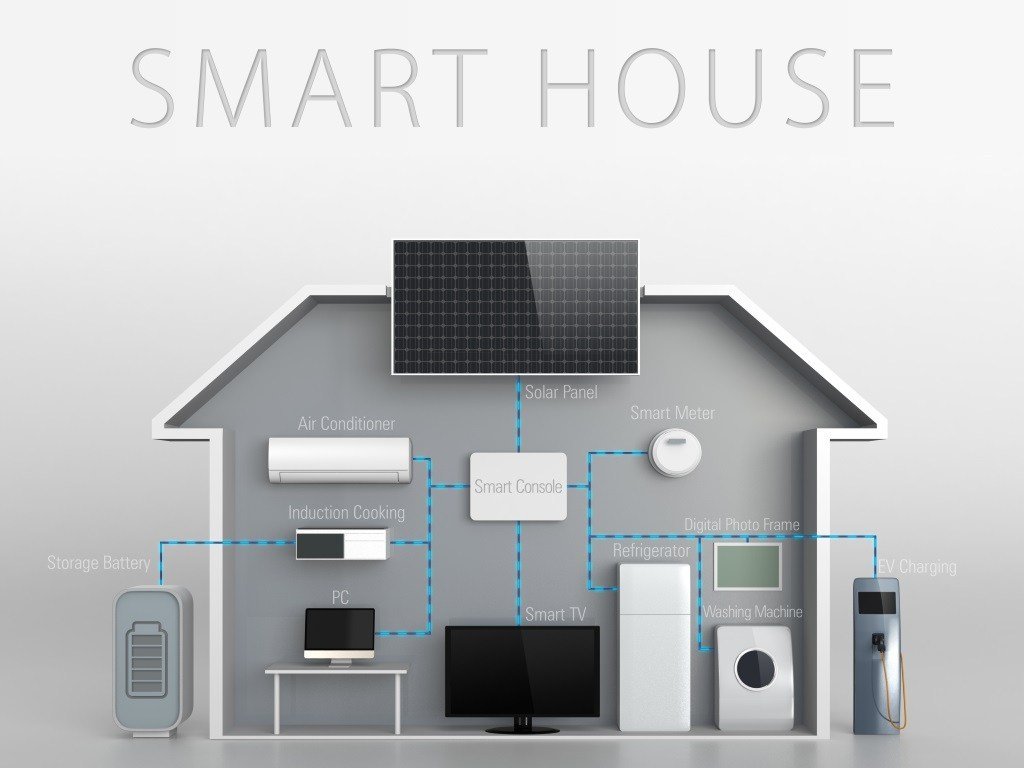Z-Wave, IFTTT, Internet of Things, Smart Home Automation, Smart Home Devices, Smart Home Security, Smart Home Technology, ZigBee
How to Setup Smart Home Systems
Ever wondered how to setup Smart Home Systems
X10, Insteon, ZigBee and Z-Wave provide only the fundamental technology, called protocols, for smart home communication. They’ve created alliances with electronics manufacturers who actually build the end-user devices. These type of gateways is how to setup Smart Home Systems end to end in your house.
If you are looking to build an expansive smart home system in the future one of these protocols should become the basis for you in how to setup Smart Home Systems in your house as these are the smart gateways that will create the network (i.e. the central brain) for the automation of your home. At Smart Home Direct we work with both Z-Wave and ZigBee based platforms; offering not only the smart gateways and hubs required but also the peripherals that are compatible with each.
Here are some basic examples of smart home products and their functions that can kick off your smart home automation journey before you decide on to go full steam ahead with an entire system. At Smart Home Direct we recommend perhaps starting off with some Lights, sensors or cameras before expanding your system.
- Cameras will track your home’s exterior even if it’s pitch-black outside.
- You can control a thermostat from your bed, the airport, anywhere your smartphone has a signal.
- LED lights let you program colour and brightness right from your smartphone.
- Motion sensors will send an alert when there’s motion around your house, and they can even tell the difference between pets and burglars.
- Smartphone integration lets you turn lights and appliances on or off from your mobile device.
- Door locks and garage doors can open automatically as your smartphone approaches.
- Auto alerts from your security system will immediately go to your smartphone, so you instantly know if there’s a problem at home.
- Many devices also come with built-in web servers that allow you to access their information online.
These products are available in store at Smart Home Direct. Before buying, check to see what technology is associated with the product. Products using the same technology should work together despite different manufacturers, but connecting an X10 and a Z-Wave product requires a bridging device, and often, extreme patience and some technical skills on your part.
In designing a smart home, you can do as much or as little home automation as you want. For starters, it may be best to think of tasks you already routinely do and then find a way to automate them.
You could begin with a lighting starter kit and add on security devices later. If you want to start with a more expansive system with many features, it’s a good idea to carefully design how the home will work, particularly if rewiring or renovation will be required. In addition, you’ll want to strategically place the nodes of the wireless networks so that they have a good routing range.
The cost of a smart home varies depending on how smart the home is. If you build the smart home gradually, starting with a basic lighting system, it might only be a few hundred dollars. A more sophisticated system will be tens of thousands of dollars, and elements of home theatre systems raise the cost of a system about 50 percent.
When it comes to learning how to setup smart home systems, this short video on YouTube gives you all the 101 tips you need to kick off your smart home automation journey.
From all of us at Smart Home Direct we hope you have enjoyed this article and stayed tuned to the series as our next blog will a take a look at if it is worth the money? To learn more about the benefits of smart homes continue following our blog series by simply subscribing via our home page to receive our latest content, not only will you be informed with a round-up of news, but you’ll also get 5% off your first order with us.

